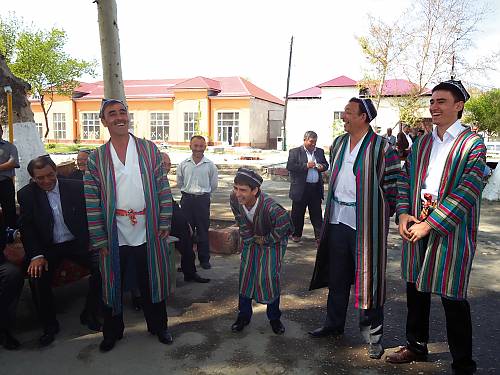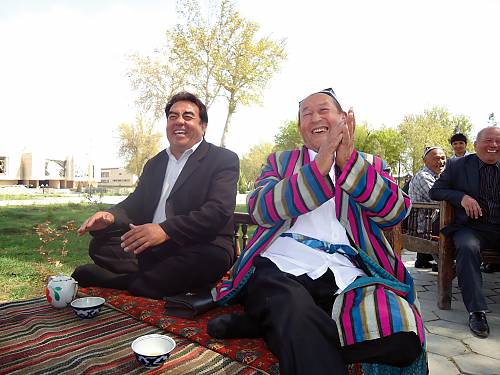Askiya, the art of wit
Inscribed in 2014 (9.COM) on the Representative List of the Intangible Cultural Heritage of Humanity
Askiya is a genre of Uzbek verbal folk art that takes the form of a dialogue between two or more participants, who eloquently debate and exchange witticisms around a particular theme. Bearers and practitioners, mainly men, must master the peculiarities of Uzbek language, and be able to improvise and reason quickly and skilfully, using humour and banter to great effect. The dialogues, although humorous, play an invaluable role in raising awareness of social tendencies and events, drawing attention to important issues through acute observation of daily life. Askiya is often performed in folk celebrations, festivities, family-related rituals and get-togethers organized in cities and villages across Uzbekistan. At present, more than thirty forms of Askiya are known, some professional and some amateur, each with its own distinctive features. Askiya-related knowledge and skills are predominantly transmitted verbally among individuals, groups and communities, based on traditional master-apprentice teaching methods. Askiya promotes humour, ensures simplicity of communication among people, and unites representatives of different communities, irrespective of age and background, around a common event. It also has a strong educational component, using humour to teach people to be more attentive, and to analyse flaws and shortcomings in daily life, thereby nurturing cultural and social development.










